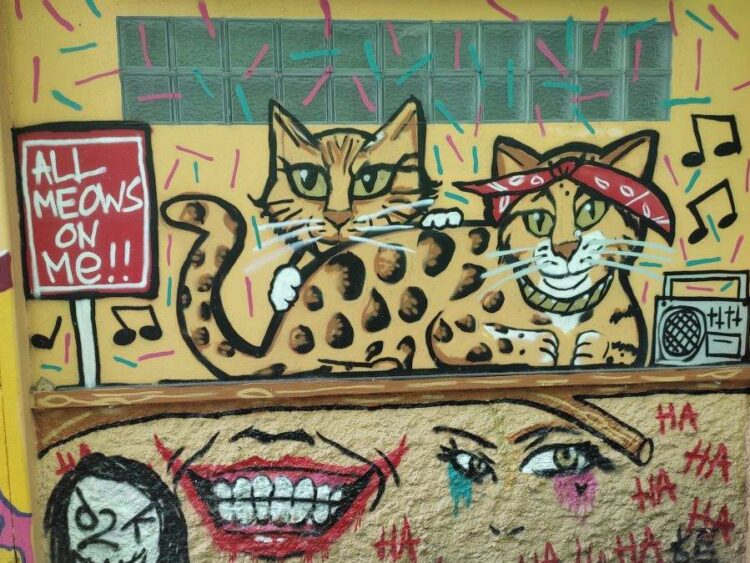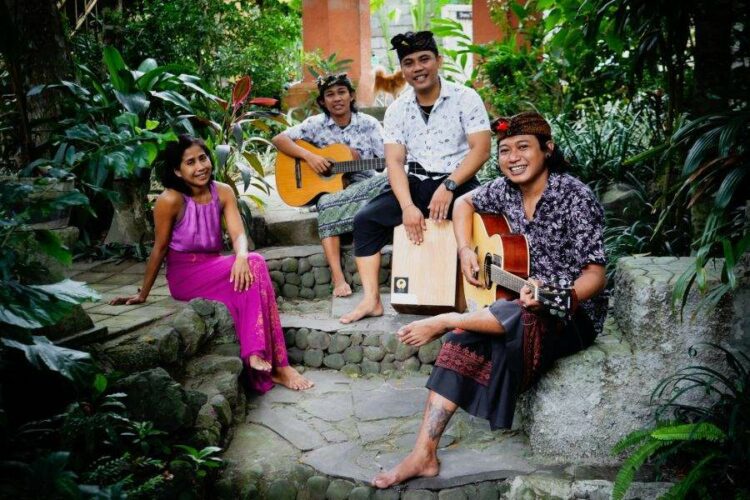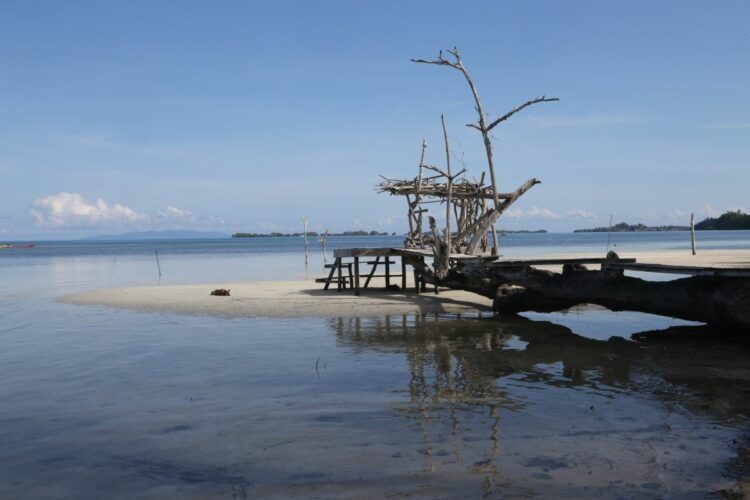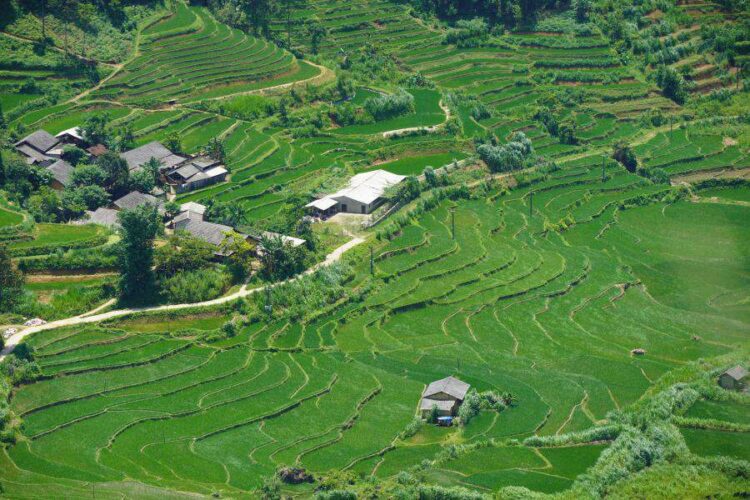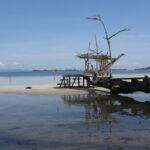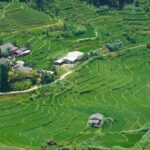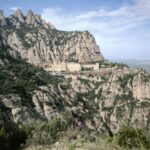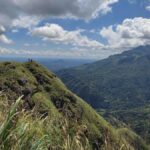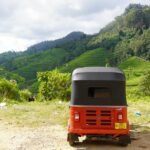Kuching was the starting point of our Malaysia trip, which this time revolves exclusively around the island of Borneo. The city in the southwest of the island is located in the state of Sarawak and is the seventh largest in the country with just under 600,000 inhabitants. The city of Kuching impresses with its cultural diversity and is considered the cleanest city in the country. Besides visiting the sights of the city itself, Kuching is an ideal starting point for day trips to the surrounding area, such as Bako National Park or the Orangutan Rehabilitation Centre. Kuching seems very young in comparison and has a lot of street art to offer in addition to traditional sights.
General information about Kuching
The name Kuching is strongly reminiscent of the Malay or Indonesian word for cat “kucing”. Since the whole city is full of cat sculptures, one would also assume that this is the origin of the name. Another interpretation of the origin of the name is the Chinese word for trading port. In another source I read that during the founding of Kuching, the Malay name for cat was still another. Anyway, Kuching is one of the cleanest cities in Malaysia and consists of a very mixed population, mainly Chinese (Fujianese and Hakka), Malays and Dayak people (various indigenous peoples of Borneo). Especially the Chinese shops with their characters characterise the cityscape. The climate in Kuching is very tropical with a lot of rainfall.


The highlights in Kuching
There are many things to do in and around the city of Kuching. We were told by some people that they stayed much longer than they had originally intended because the charm of the city grabbed them so much. We also liked the city very much. Simply because it is an ideal starting point for various excursions in Sarawak. Here are our highlights from 6 days in Kuching.
Semenggoh Wildlife Rehabitilation Centre
A great half-day excursion leads to the Semenggoh Wildlife Rehabitilation Centre about 20 km south of Kuching. More than 20 semi-wild orangutans live on the 749 hectare site. The apes live in the depths of the extensive area and only come out at feeding times, where they fill their bellies with the most delicious fruits. Find out how to get there and get useful information in our article on the Semenggoh Wildlife Rehabitilation Centre.
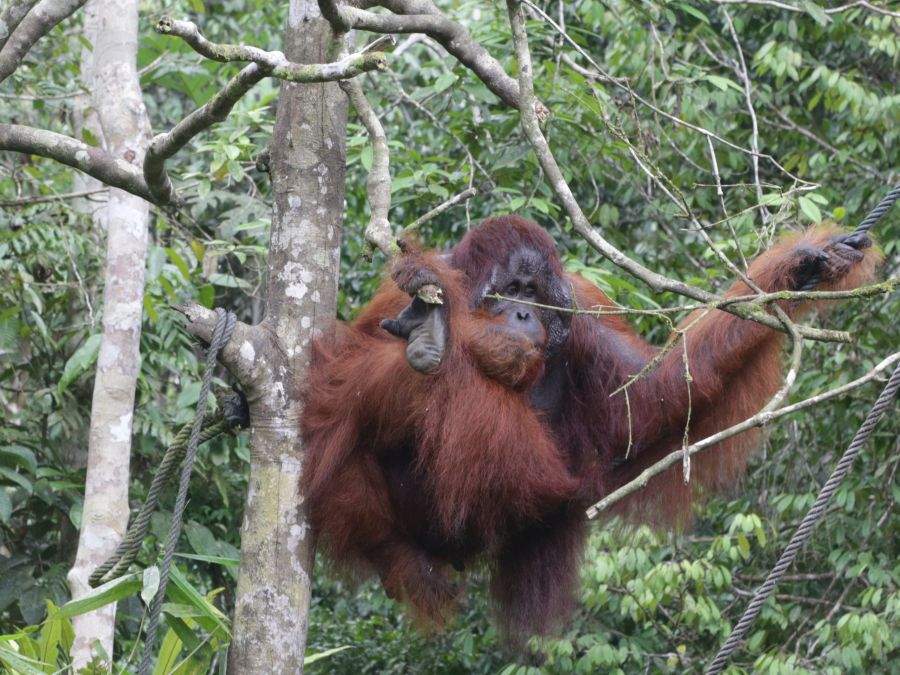

The mosques of Kuching
During a walk along the River Front, it is worth taking a look at the two mosques. On the one hand, there is the Indian Mosque built on stilts with its wise facades and turquoise domes. After another 5-10 minutes’ walk, you reach the Kuching City Mosque or Old State Mosque, which appears much larger and more imposing with its golden domes.


Stroll along the River Front
A walk along Sarawak’s River Front is an inevitable part of a visit to Kuching. It is especially nice here in the evening, when it is no longer quite so hot and the small food stalls offer their food. However, the River Front is also the most expensive part of the city. There are also some classy hotel chains here. It is more interesting, however, on the much less touristy other side of the river, where the locals mostly live in houses built on stilts. Here you can also take a detour to the orchid garden and see the government building, which looks like a large pavilion. The small Astana Fortress is also in the immediate vicinity.


Kuching Orchid Garden
Those who are in the vicinity can also take a look at the orchid garden, which is located between the “Government Pavilion” and the “Astana” fortress. Admission is free and a wide variety of orchids grow here. You can plan about 3/4 of an hour for the orchid garden. I wonder if there are any rare orchids here. I don’t know, unfortunately I’m not really familiar with them. But they are certainly beautiful!


Cat Mueseum Kuching
The Kuching Cat Museum is located a little outside the city, so the best way to get there is by bus. The K5 bus goes directly to the cat museum. The museum is basically divided into 4 sections. At the beginning you learn about the extremely rare big cats of Borneo with some stuffed specimens. The next part is about the role of cats in different settings: films, famous people with cats, books, comics, stamps, etc. The next part is about cats in different settings. Then it is about the cat in various cultures such as ancient Egypt, Japan, China and Malaysia. After that there are some cat paintings, cat figurines and a souvenir shop. The cat museum itself is located in a large pagoda on a gallery with a good view over the surrounding countryside. Entrance to the museum costs 3 MYR ($ 0.65) and the bus 1 MR (~ $ 0.20) each way – so as you can see, it’s really not an expensive undertaking. I wouldn’t declare the museum a “must see” either, but you can do it for a short excursion.
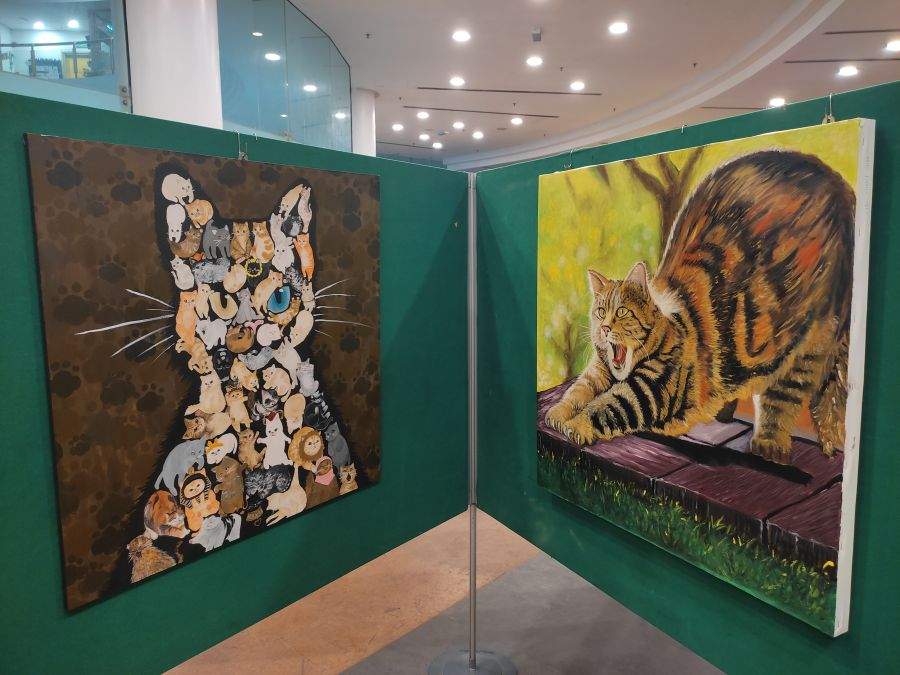

Bako National park
Our highlight in Kuching was the Bako National Park, which is only 45 minutes away from Kuching by bus. It is one of the smallest national parks in the country but still has a lot to offer – both in terms of landscape and flora and fauna. We have summarised everything you need to know about getting there and what to expect in Bako National Park in another article.


Stay overnight in Kuching
There is some accommodation in Kuching. The nicest is near the river. Accommodation is available in all price categories, from hostel dorms to Hilton, there is something for every budget.
Journey to Kuching
As Kuching is the capital of Sarawak and located in the south of Malaysian Borneo, it is a suitable starting or departure point for a visit to Malaysian Borneo. That is, most visitors arrive or depart here by air. Otherwise, there are some long-distance buses to all Sarawak destinations from Kuching Sentral. The connection between Sarawak and Sabah is not that easy, as the road goes through Brunei and thus you have to pass umpteen border controls.
Food & Drink in Kuching
The choice of food and drinks is very wide – as are their prices. The food selection is mainly limited to Chinese, Malaysian or Indonesian cuisine, dishes of the indigenous peoples of Borneo, Japanese as well as Arabic and Indian-influenced dishes. In addition, there are some hipster bars and cafés that also offer European food. However, these are usually disproportionately expensive. For example, a portion of fried rice noodles can be had on the street for less than €1. A western meal in a somewhat fancy restaurant (without being really classy) quickly costs around 7 – 8 €. We liked it here in the “Bear-Garden” to have a beer in the evening.



